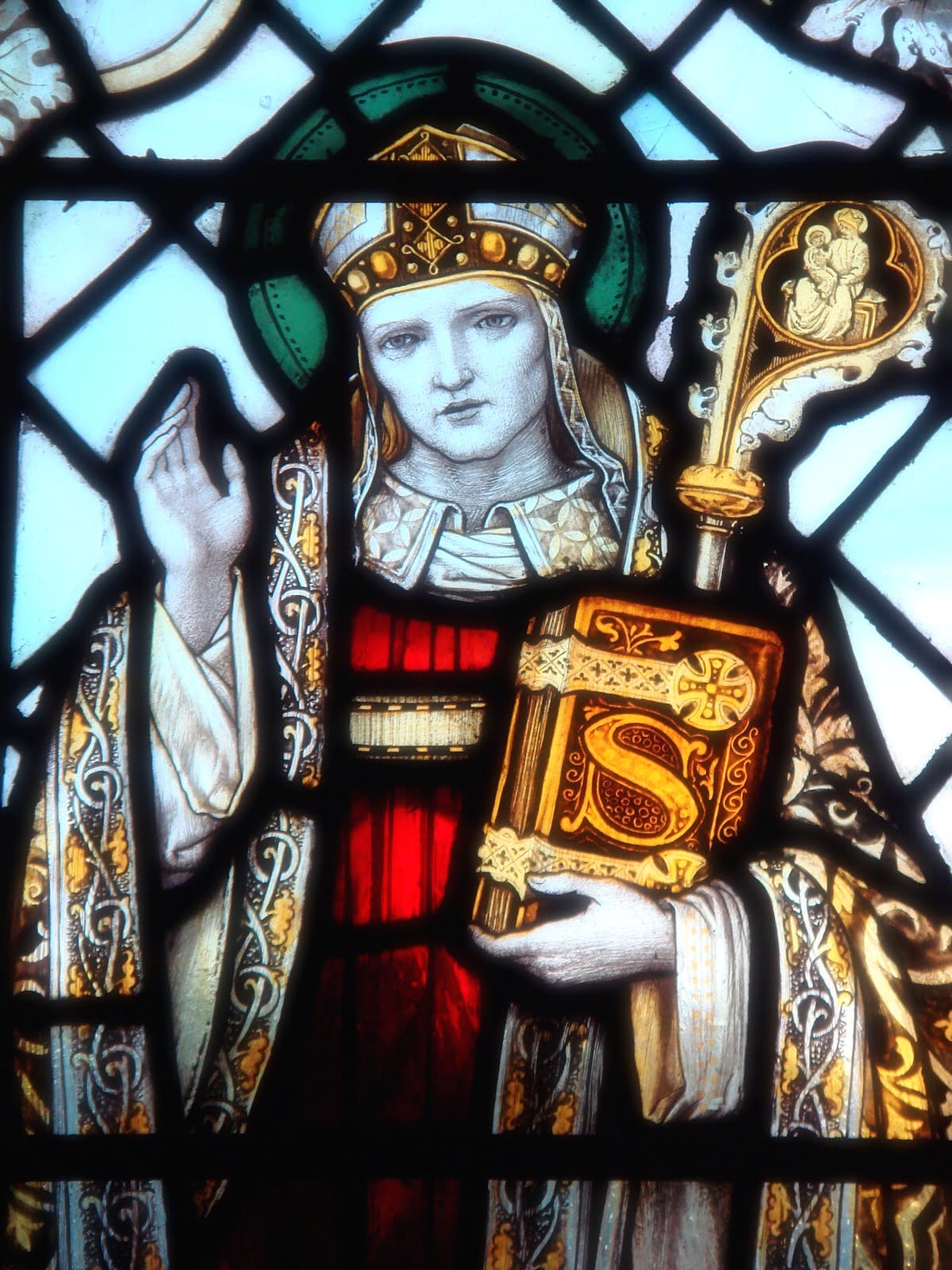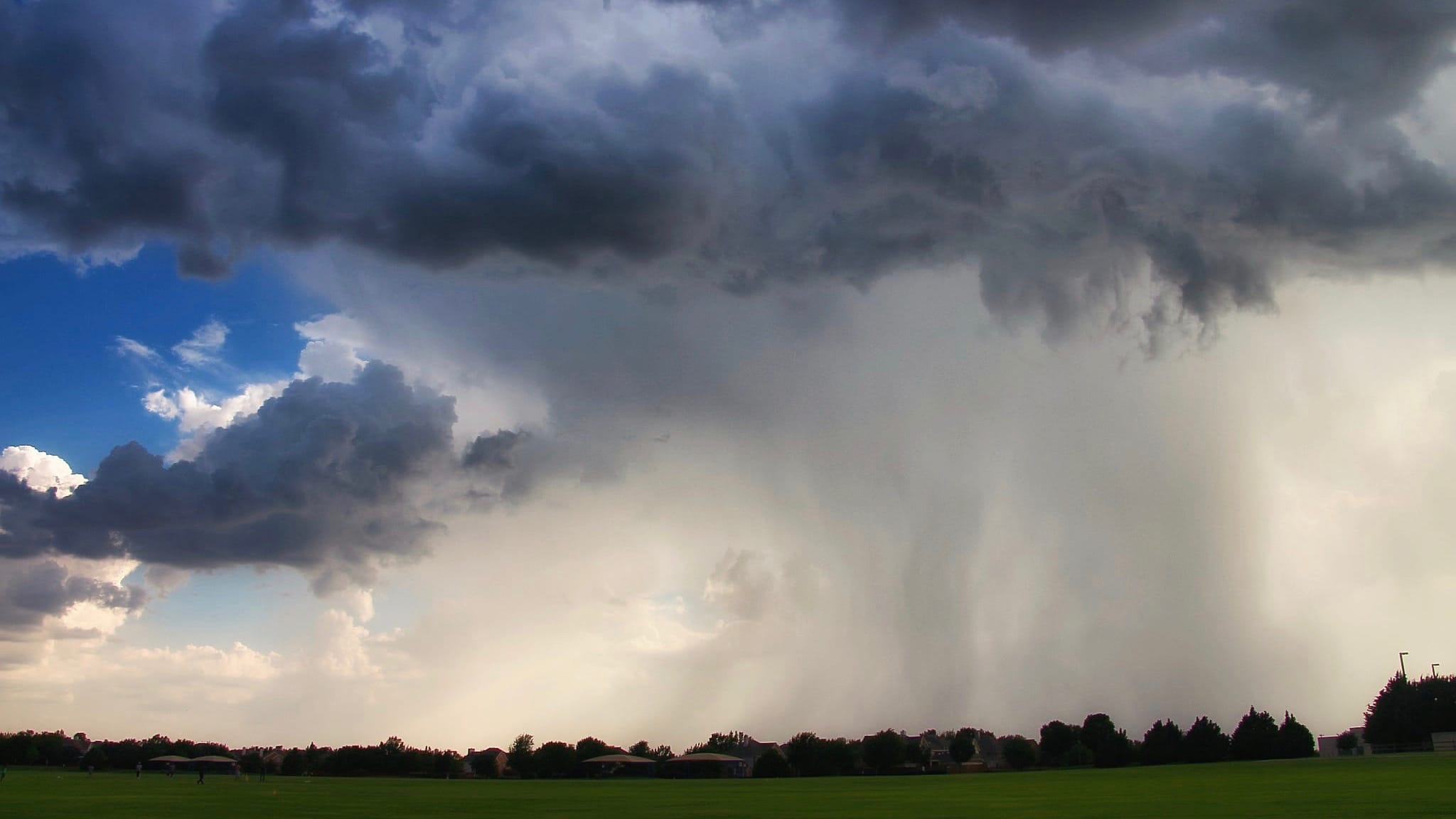The proverb about weather attributed to St. Swithun goes:
St Swithun’s day if thou dost rain
For forty days it will remain
St Swithun’s day if thou be fair
For forty days ’twill rain nae mare
There is actually some scientific truth behind St. Swithun’s Day.
Around the beginning to middle of July, the jet stream settles into a pattern which, in about 7–8 out of 10 cases, seems consistent until the end of August. When the jet stream lies north of the British Isles then continental high pressure, and lovely weather, is able to move in; when it lies across or south of the British Isles, Arctic air and Atlantic weather systems (cold and wet weather) predominate.
According to the Guinness Book of Records there have been two predictions that were seriously wrong:
- on July 15th 1924 there were 13.5 hours of sunshine recorded in London, which were then followed by 30 of the next 40 days being wet, and;
- on July 15th 1913 when a 15-hour rainstorm was followed by 30 dry days of 40.
Alternatively, if you’re Cumbrian, instead of forty straight days of rain you might just end of up with 15 trillion litres of rainfall (more than a month’s worth) in a single day. Thanks, Storm Desmond.
Speaking of rain in Cumbria, did ewe know that the County holds two UK rain records?
- The most amount of rain in 24 hours (341.1mm at Honister Pass during Storm Desmond, 5th December 2015), and;
- the wettest inhabited place in the UK (Seathwaite, annual average rainfall of 3,304mm compared to UK average 1,154mm).
When it comes to wet weather, us Cumbrians at Herdy know what we’re talking about: that’s why you can trust our delightful range of Herdy umbrellas.
How do ewe deal with the rain? Have a chat with us in the comments or join the flock on our Facebook, Twitter, Instagram, or email us.








